Origin: Havana Bichons originated in Cuba by crossbreeding local breeds with dogs imported to the Caribbean by the Spanish and Portuguese. These dogs were popular with the Cuban upper classes, who used them as companions and guard dogs. When the Cuban Revolution forced many wealthy Cubans to emigrate to the United States, they often took their Havana Bichons with them. In 1991, the American Kennel Club recognized the breed and began regulating its breeding.
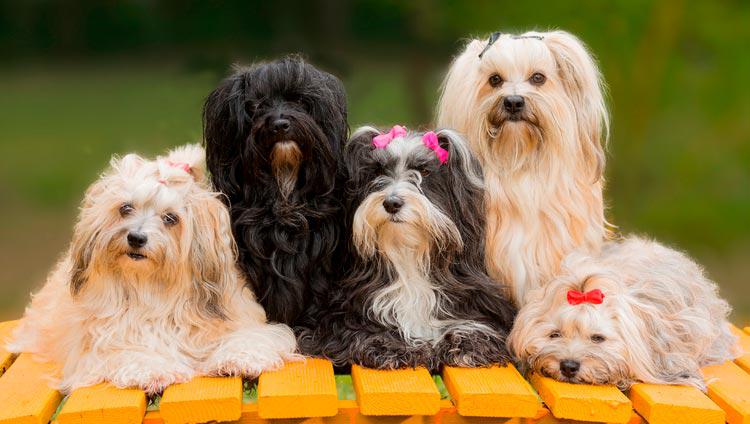
Characteristics
Havana bichons have a soft, long, thick coat that looks like a curly, shaggy carpet. The color can vary, but the most common is white with black, brown or gray hues. Dogs of this breed have an average body length and weigh between 3 and 6 kilograms.
The character of the Havana Bichon is very friendly and affectionate. They are very loyal to their owners and love attention, but can be quite suspicious of strangers. They are playful, easy to train, and good for children and older people.
Care
The Havana Bichon’s coat requires regular grooming, which includes daily brushing and washing at least once a month. Some owners prefer to cut the coat into a shorter form to make grooming easier. The dog’s ears and teeth should also be brushed regularly to prevent infections from developing.
Havana Bichons require active socialization and regular walks, but they adapt to apartment life and do not need large spaces for activity. They can learn tricks and commands, and they have a tendency to be aggressive if not raised correctly.
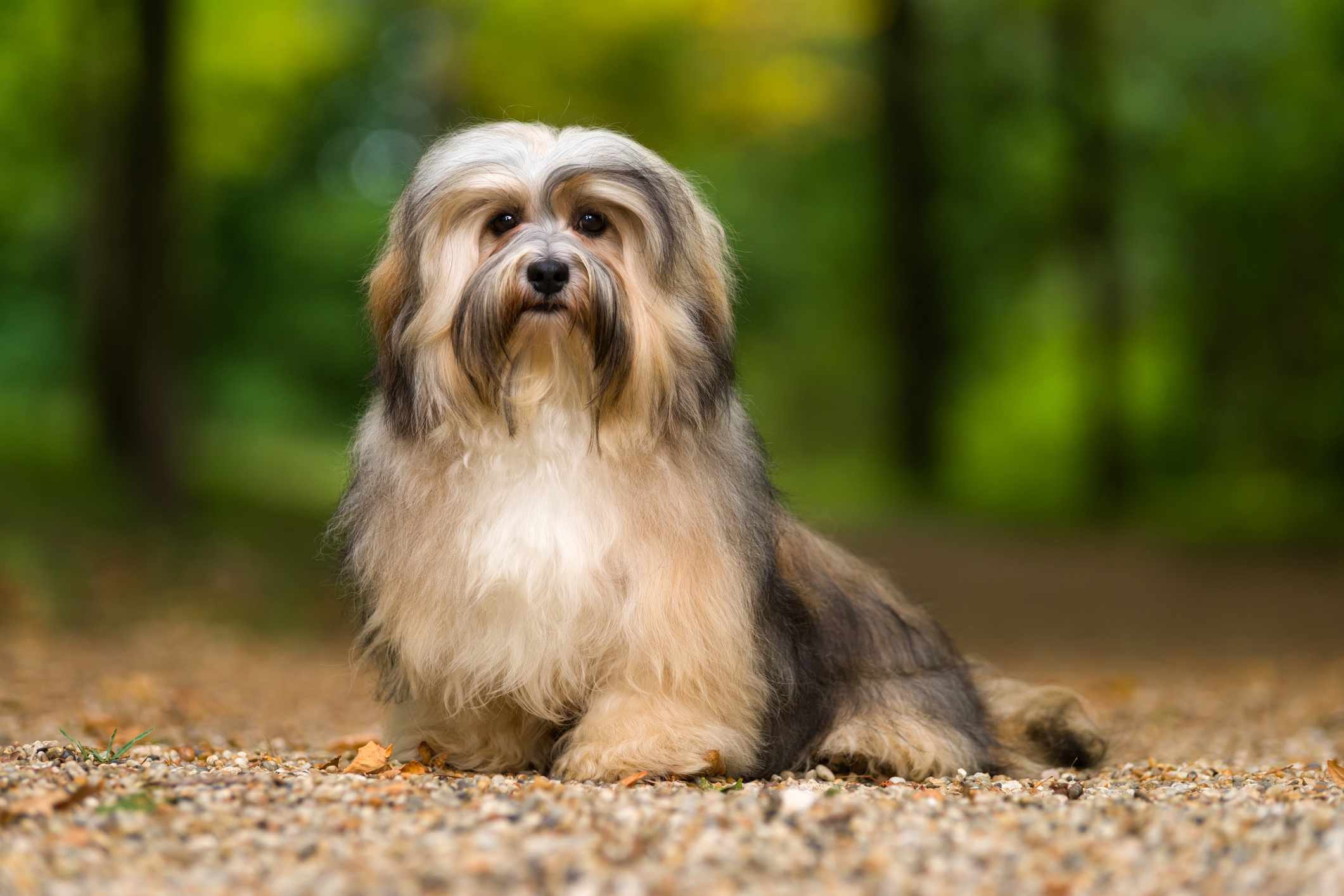
Health
Havana Bichons are in good health, but may be susceptible to some diseases such as vision problems, skin diseases and eye lesions. Prospective owners should contact only breeders who test for diseases and select strong and healthy individuals.
How long does a Havana Bichon live?
The average life expectancy of a Havana Bichon is 14-16 years. However, as with other dog breeds, it depends on many factors such as health, grooming, diet and genetics. It is important to pay attention to your dog’s health, provide proper nutrition, and regular vet visits to maximize his life expectancy.
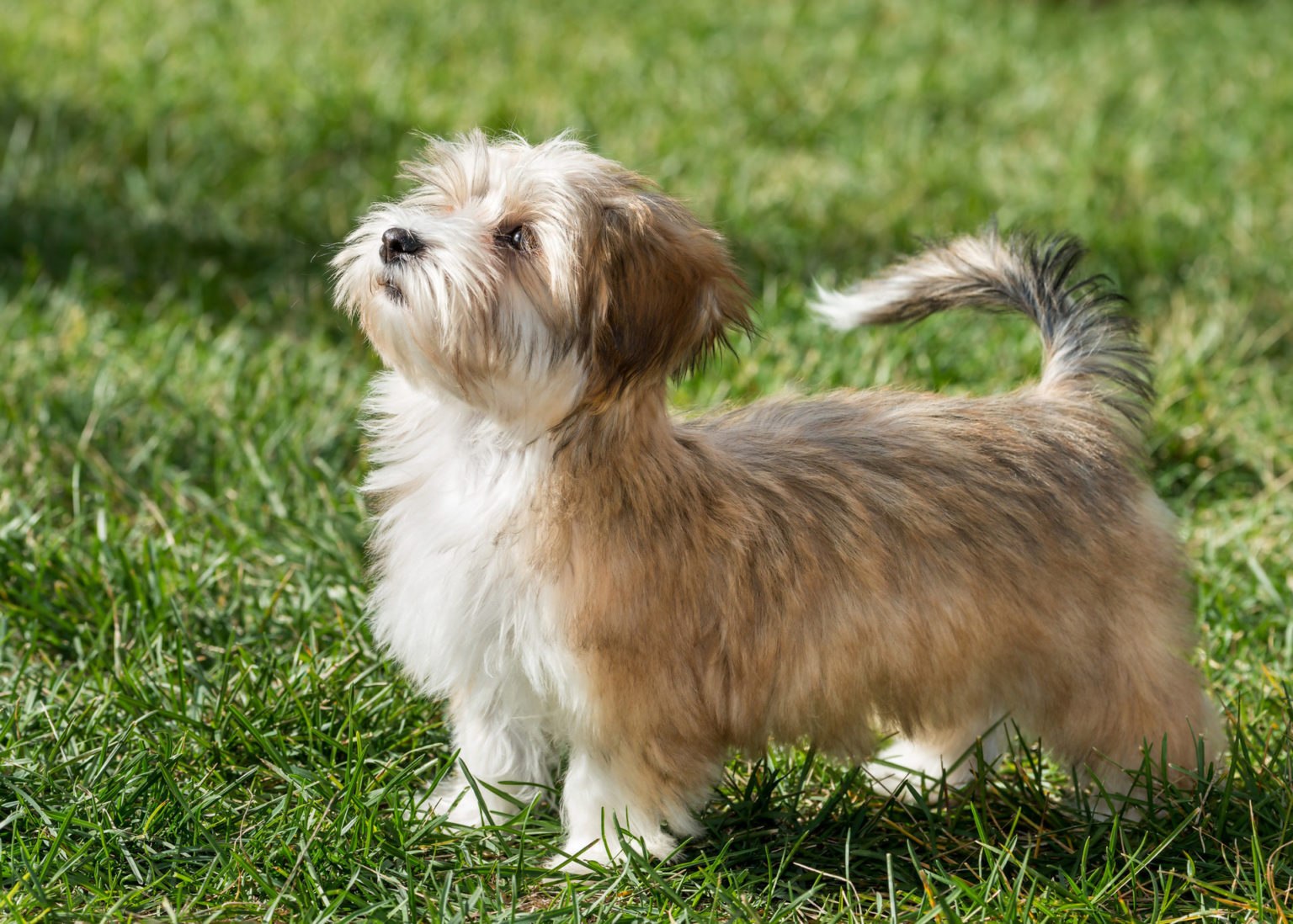
Top 10 facts about the Havana Bichon:
- The Havana Bichon originates from Cuba and is a member of the bichon family.
- This breed was popular with wealthy Cubans who used them as companions and guard dogs.
- Havana Bichons have thick, soft coats that require regular grooming.
- They are very friendly and love attention, but can be suspicious of strangers.
- Havana Bichons weigh between 3 and 6 pounds and have an average body length.
- They are good for children and older people and adapt to apartment life.
- Havana Bichons can be trained in tricks and commands, and they have a tendency to be aggressive if not raised correctly.
- This breed has good health, but may be susceptible to to some diseases.
- Havana Bichons have high energy and require regular walks and active socializing.
- The Havana Bichon was recognized by the American Kennel Club in 1991 and has become a popular breed in the United States.
Conclusions
The Havana Bichon (Havanese, Havanese Bologna) is an attractive and charming dog breed that is ideal as a pet. These little dogs are friendly, easy to train and love attention, making them great companions for people of all ages and levels of dog ownership experience.
Havana Bichons have soft, thick coats that require regular grooming, but they generally don’t require much space and can live in an apartment. These dogs are active and need regular walks, but they also adapt to a lower level of activity.
Prospective owners should be prepared for the fact that Havana Bichons require regular coat and health care, as well as providing them with active companionship. Overall, the Havana Bichon is a great pet for those looking for a small, friendly and affectionate dog.
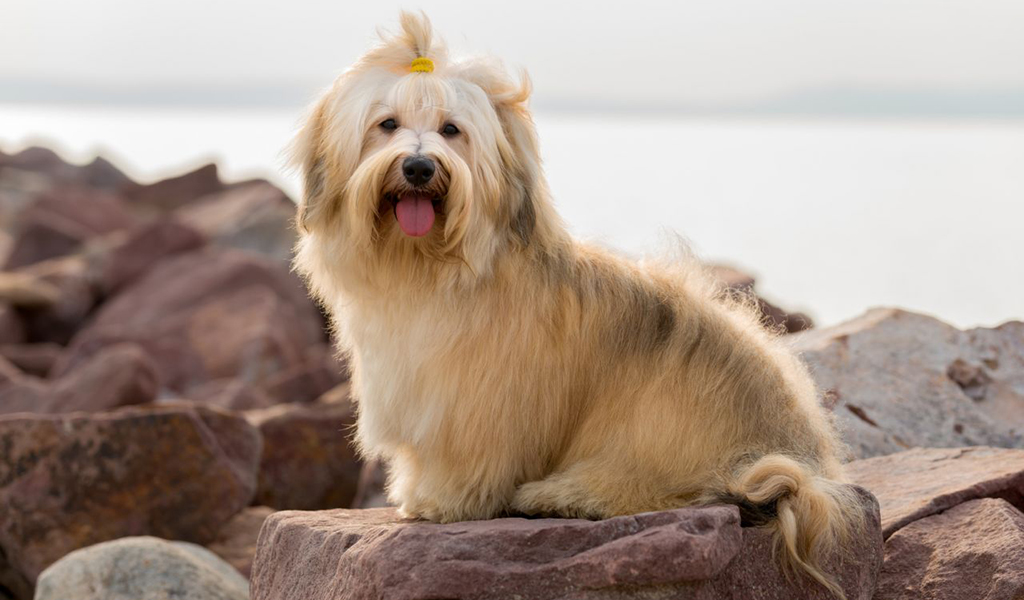

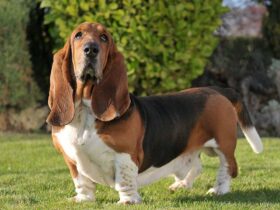

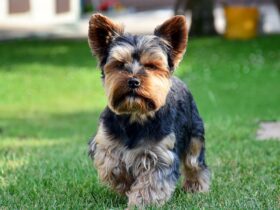

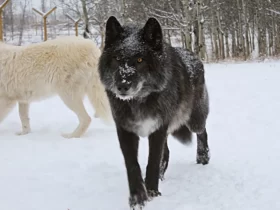
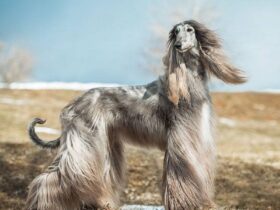

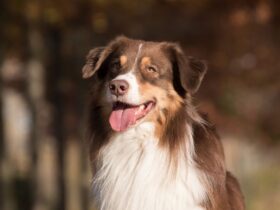
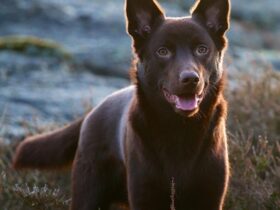
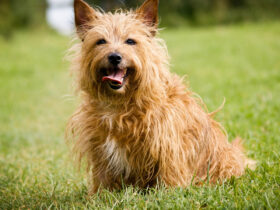
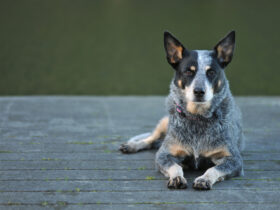
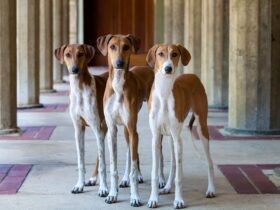
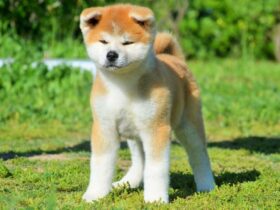
Leave a Reply